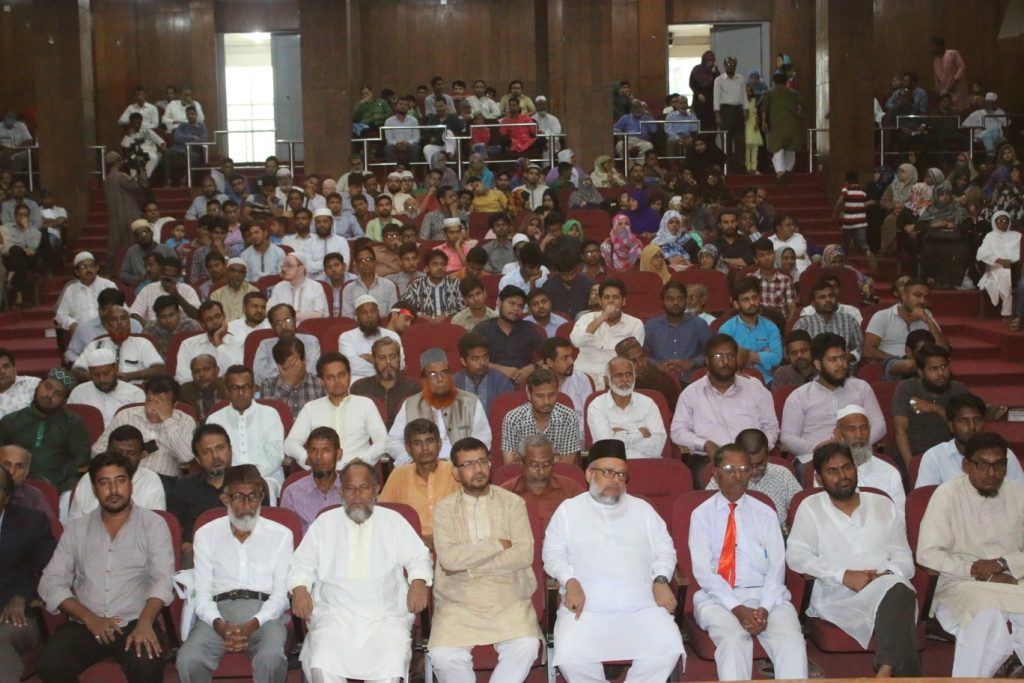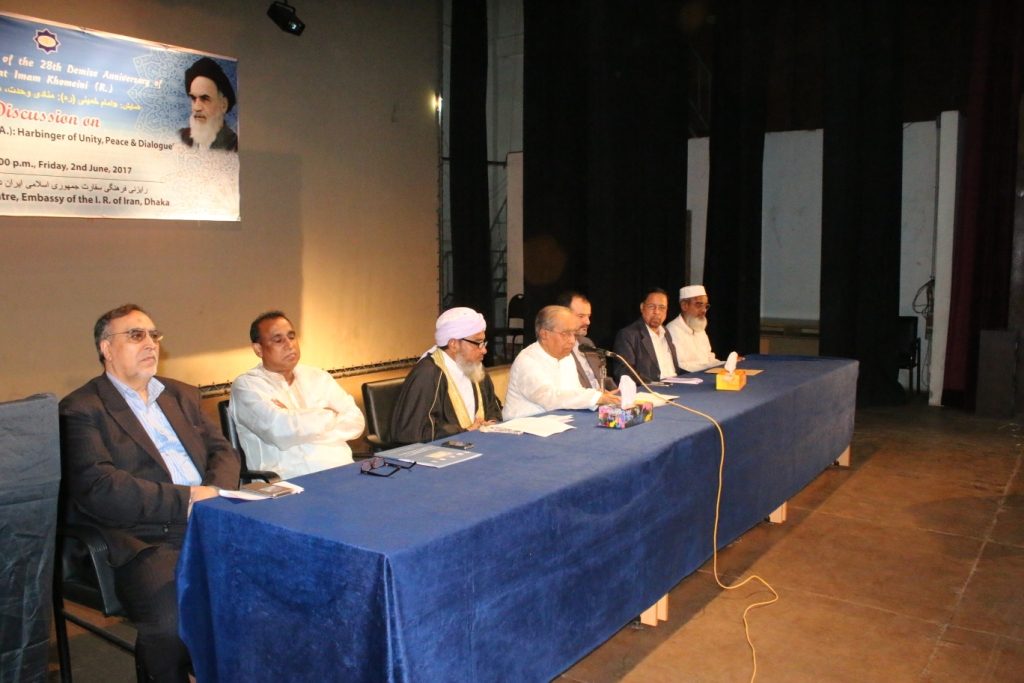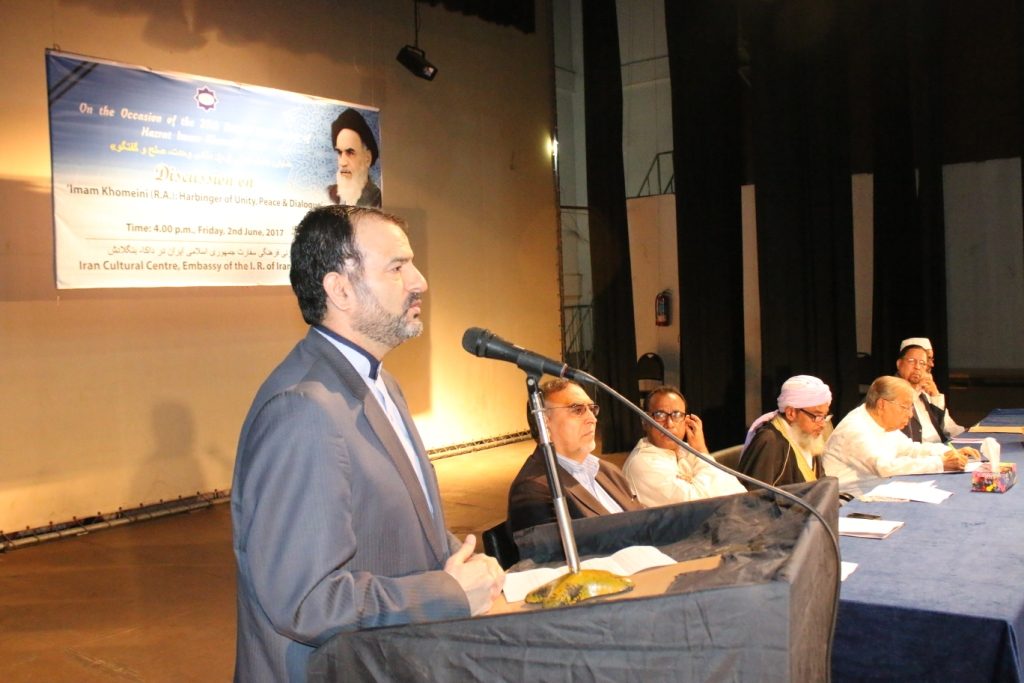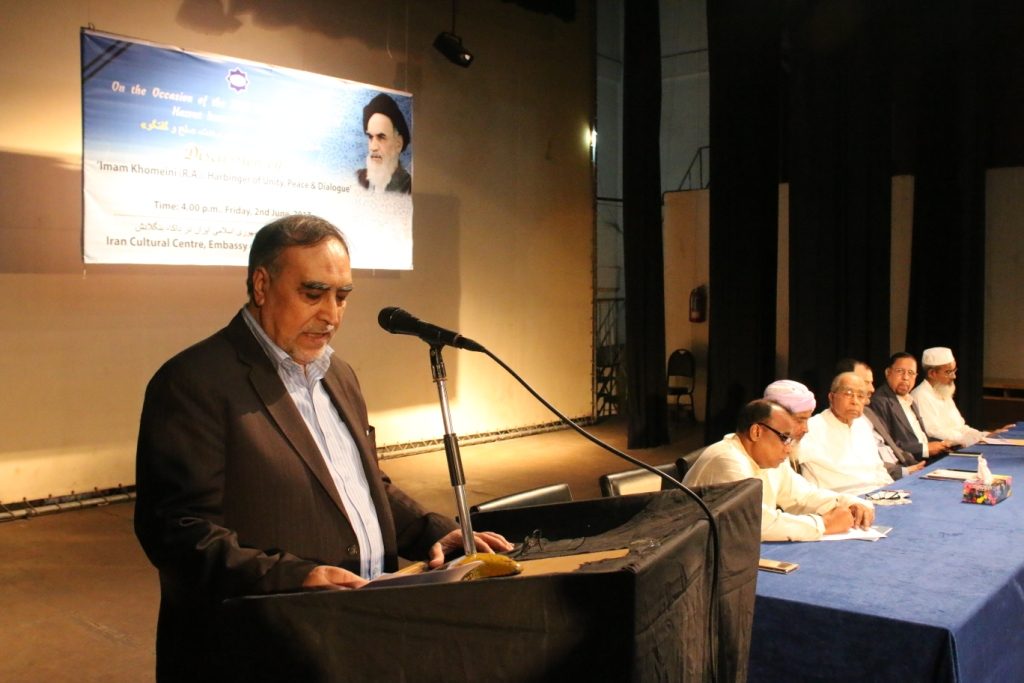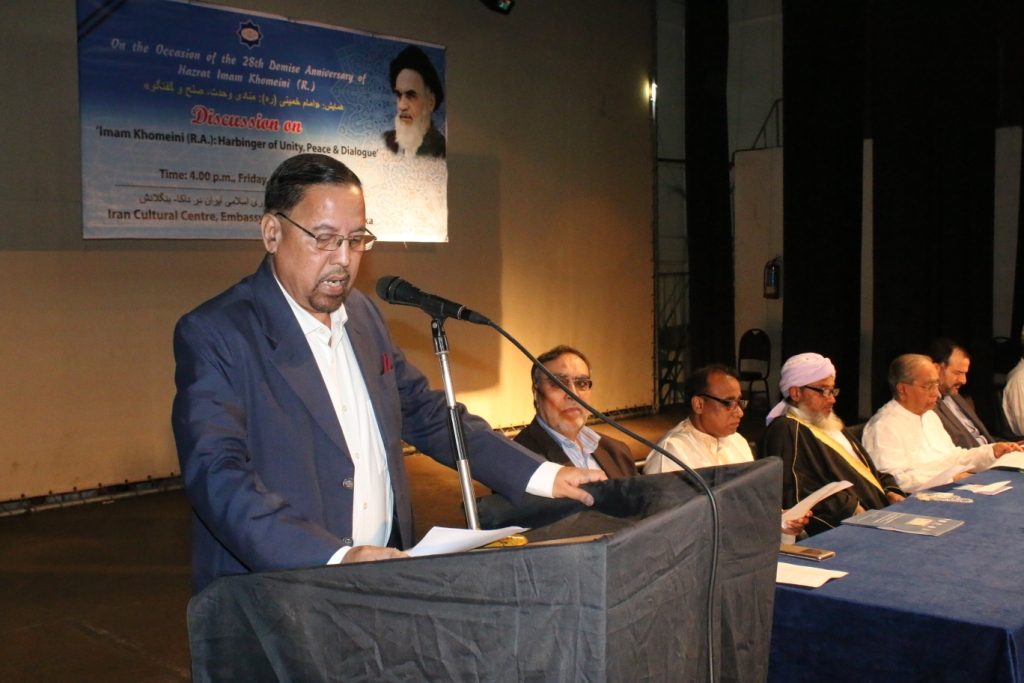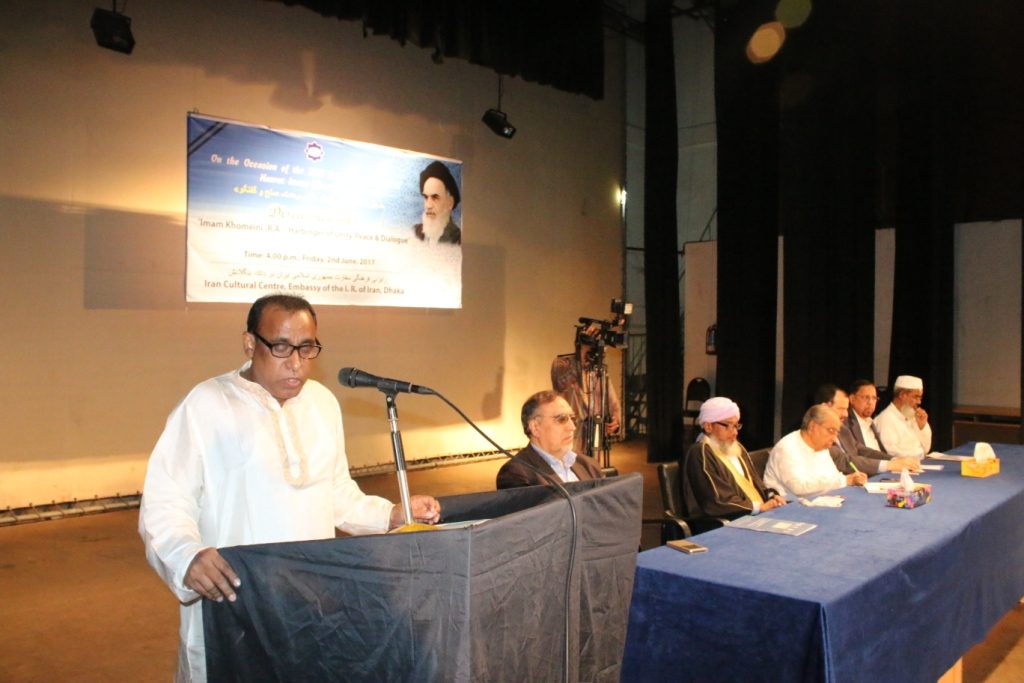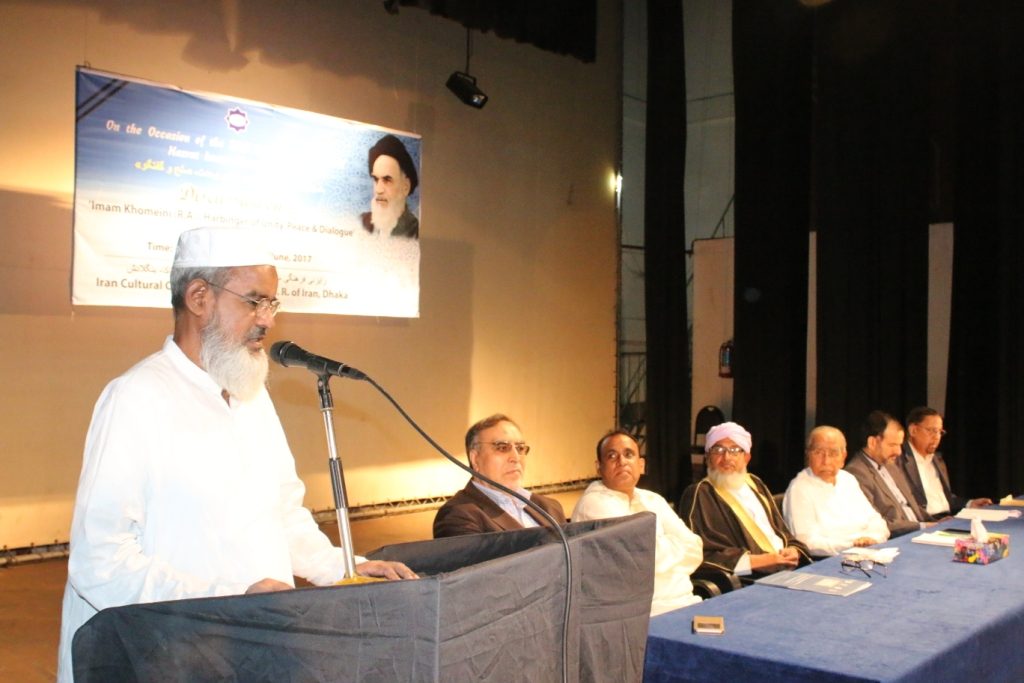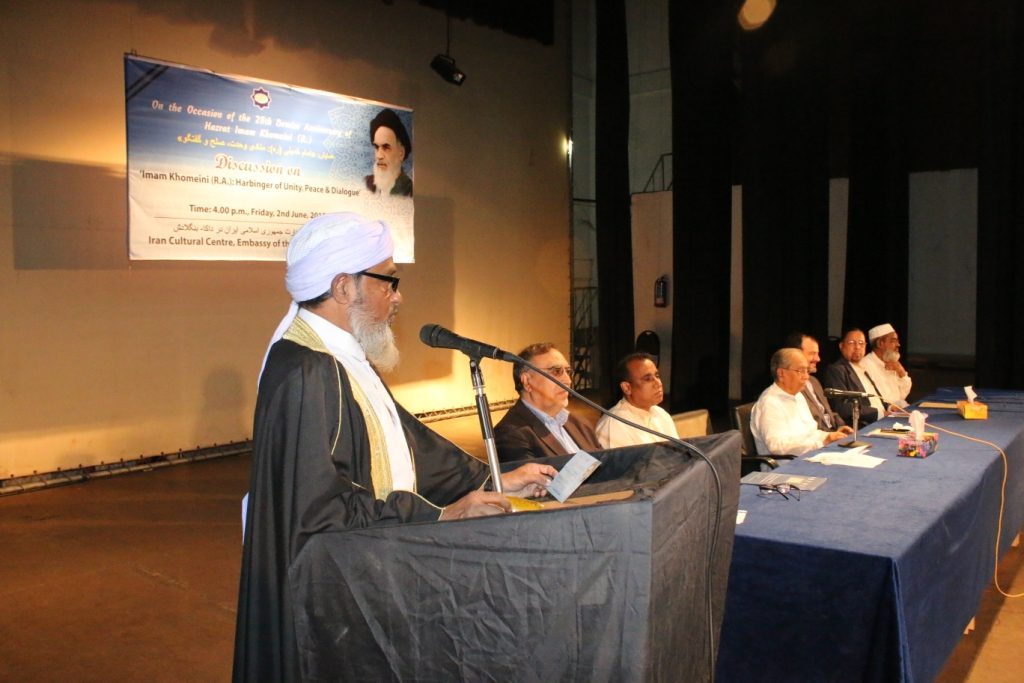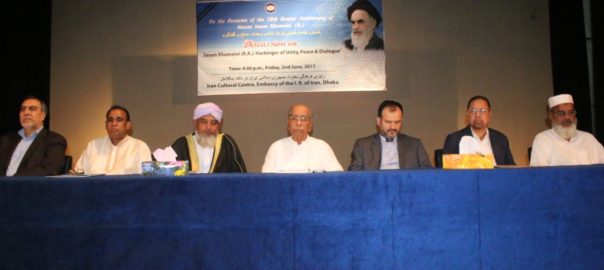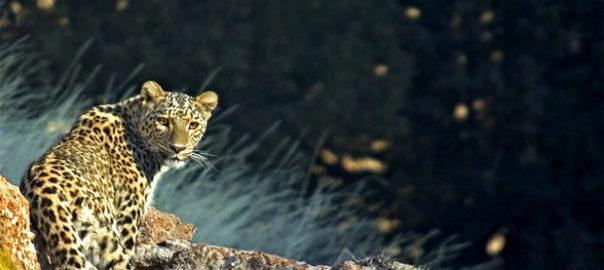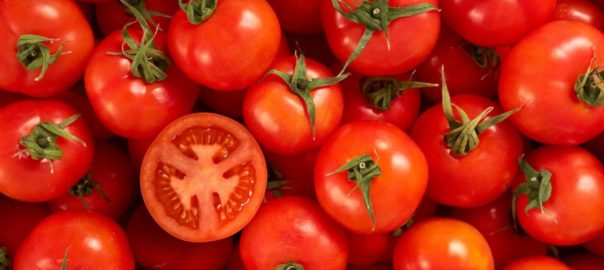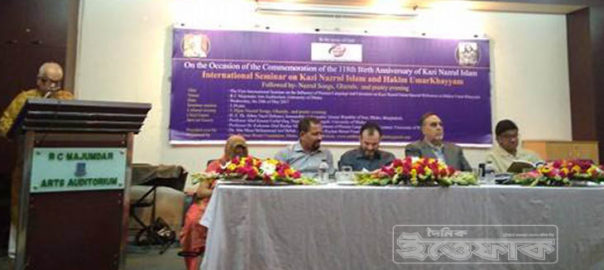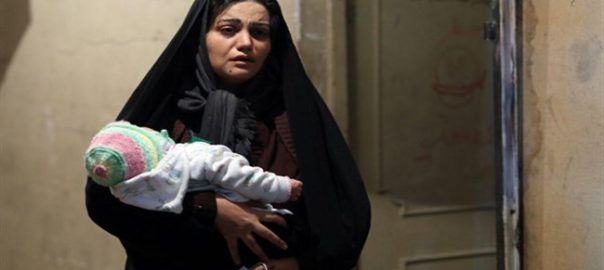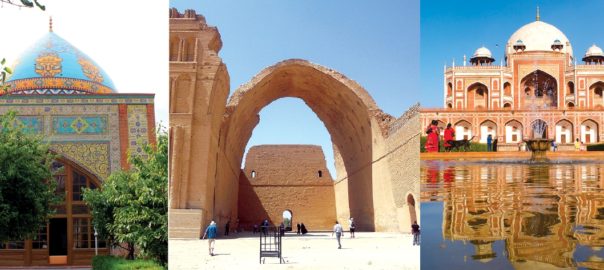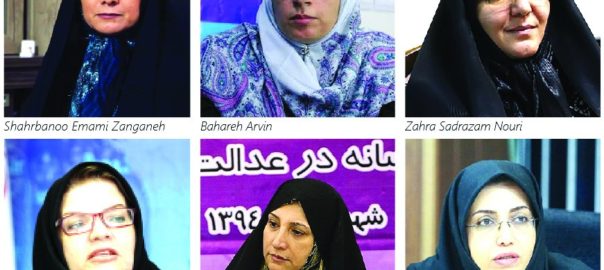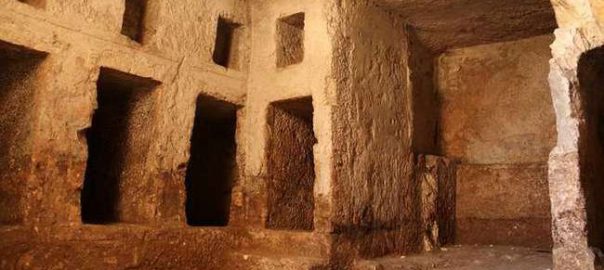The restoration of historical sites and buildings in other countries whose history is linked to Iran had been suspended for long due to a lack of funds
A budget of 90 billion rials ($2.4 million) has been earmarked in the current fiscal year (started March 21) for the restoration of historical sites abroad with ties to Iran, such as Armenia and Tanzania, announced a top official at Iran’s Cultural Heritage, Handicrafts and Tourism Organization.
“A fund for [restoration of sites abroad] has been made available for the first time save for last year’s budget to restore Imam Khomeini’s house in Najaf, Iraq,” said Mohammad Hassan Talebian, cultural heritage deputy at the ICHHTO, IRNA reported.
Restoration of historical sites and buildings in other countries whose history is linked with Iran had been suspended for long due to a lack of funds.
Iran had signed numerous memoranda of understanding with countries hosting historical Iranian structures, which would allow the organization to commission their restoration using Iranian experts. But the ICHHTO was unable to kick-start the projects for the governments did not finance the schemes.
The restoration of Blue Mosque in Armenia, for instance, was stuck in the feasibility assessment phase. Located in the Armenian capital Yerevan, the Blue Mosque dates back to the 18th century. It seems, however, that Iran has scraped $2.4 million out of its own coffers to restore Iranian heritage sites in other countries.
There are a number of Iran-linked sites spread across the world. Humayun’s Tomb in Delhi, India, is the first Persian Garden in the Indian subcontinent. The tomb was designed by Mirak Mirza Ghiyas, a Persian architect.
Kizimkazi Mosque situated on the southern tip of the island of Zanzibar in Tanzania was built in 1107 by settlers from Shiraz. Kidichi Persian Baths in Zanzibar were constructed by Sultan Seyyed Saeid in 1850 for his Persian wife. The Hamamni Persian Baths are also historical buildings in Zanzibar built between 1870 and 1888. They are referred to as “Persian” because they were built by Shirazi architects.
There are also Persian baths in Tbilisi, Georgia.
Taq Kasra, located near the modern town of Salman Pak, Iraq, is the remains of a Sassanid-era monument, which is sometimes called the Archway of Ctesiphon. It is the only visible remaining structure of the ancient city of Ctesiphon.
Iraq also houses the burial place of Amir Kabir, the wise prime minister who served Qajar ruler Nassereddin Shah from 1848 until his death in 1852. He has been buried in the courtyard of Imam Hussein’s (PBUH) Shrine in Karbala. / Financial Tribune /
